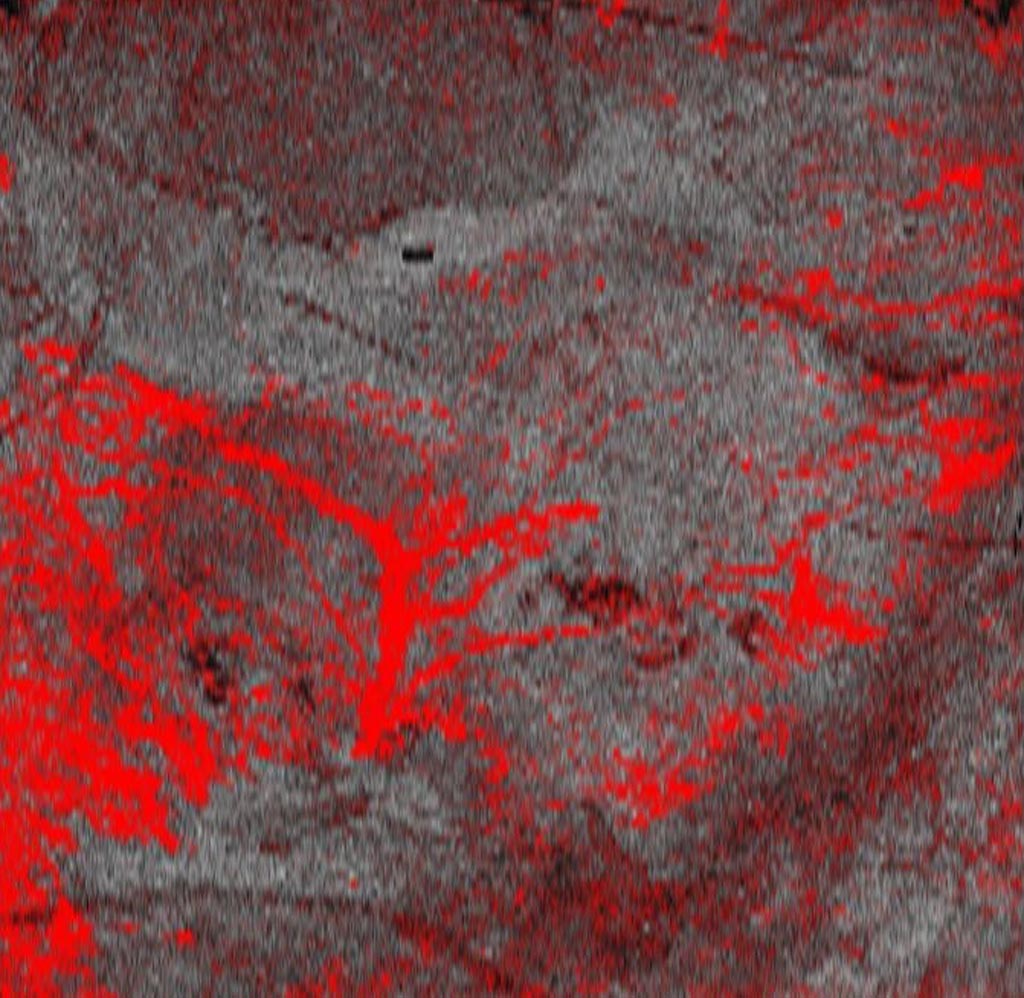Dynamic OCT Reveals Melanoma Blood Vessel Growth
By MedImaging International staff writers
Posted on 11 Dec 2018
Dynamic optical coherence tomography (D-OCT) can reveal how invasive malignant melanoma affects vascular morphology, according to a new study.Posted on 11 Dec 2018
Researchers at the University of Modena and Reggio Emilia (Italy), Collegium Medicum Berlin (Germany), General Hospital Augsburg (Germany) and other institutions conducted a retrospective study that analyzed 127 melanomas at three different depths (150, 300, and 500 μm) using the Michelson Diagnostics VivoSight OCT scanner. Blood vessels were classified by morphology (dots, blobs, coiled, line, curved, serpiginous); distribution (regular, irregular); and branching. The data were then correlated with Breslow thickness.

Image: Dynamic OCT image of advanced melanoma taken with the VivoSight scanner (Photo courtesy of Michelson Diagnostics).
The results showed that dotted vessels were recorded at all depths, and their irregular distribution was associated with lesions thicker than one mm (from 75% to 91%), compared with thin ones (42%) at 150 μm, and from 33% to 57% versus 18% at 300 μm. Serpiginous and branching vessels with bulges were predominantly seen in melanomas thicker than two mm at 150 μm (from 14% to 27%) and 300 μm of depth (from 36% to 54%). The study was published in the November 2018 issue of Experimental Dermatology.
“Cancers grow their own blood vessel network to supply oxygen and nutrients. We analyzed the shapes of the vessels in the OCT images of melanomas and correlated the frequency of different shapes with the Breslow depths,” said lead author Nathalie de Carvalho, PhD, of the University of Modena and Reggio Emilia. “We found that certain vessel shapes appeared much more frequently in thicker tumors. The vessels grown by the tumor seem to grow more chaotically and become more malformed as the cancer progresses.”
“Patients with advanced disease should get aggressive treatment as quickly as possible; also those with early-stage melanomas should not have to undergo expensive, invasive sentinel lymph node biopsy operations if their melanoma is reliably confirmed as very low-risk,“ said study co-author Professor Julia Welzel, MD, of General Hospital Augsburg. “Our goal with this work is to help develop a faster, more efficient and less invasive diagnostic and treatment pathway for melanoma. We believe Dynamic OCT imaging could help with these goals.”
The VivoSight OCT scanner is an advanced laser-based technology that produces high definition images of the skin up to a depth of two mm, using a lightweight maneuverable probe. The generated images allow dermatologists to immediately confirm the clinical diagnosis and severity of melanomas, basal cell carcinoma (BCC), distinguish between superficial actinic keratosis (AK) and more invasive squamous cell carcinoma (SCC), and contribute to the diagnosis and treatment of nychomycosis, psoriasis and psoriatic arthritis, scleroderma, and oral cancer.
Related Links:
University of Modena and Reggio Emilia
Collegium Medicum Berlin
General Hospital Augsburg










 Guided Devices.jpg)



